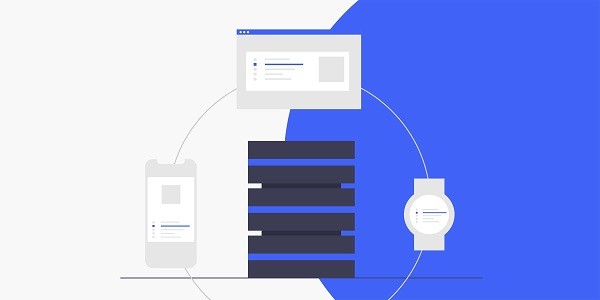As competition in social media becomes increasingly fierce, Instagram has become one of the core platforms for brand promotion, content marketing and user interaction. However, frequent account operations, multi-account management or cross-border business needs often face IP restrictions and access barriers. At this time, the role of proxy IP becomes crucial. Proxy IP helps users bypass platform restrictions and improve operational efficiency by hiding the real IP address and simulating network requests in different geographical locations. As a brand focusing on proxy IP services, IP2world's dynamic residential proxy, static ISP proxy and other products are designed to solve such problems. Why does Instagram operation require a proxy IP?Whether it is an individual user or a corporate team, Instagram operations often involve multi-account management, batch content publishing, or cross-regional data analysis. In a normal network environment, frequent account switching or high-frequency operations can easily trigger the platform's risk control mechanism, resulting in account restrictions or even bans. Proxy IP distributes operations to multiple independent nodes by allocating different virtual IP addresses, thereby reducing risks.High-quality proxy IPs must also have the characteristics of low latency and high anonymity. For example, dynamic residential proxies can simulate the network environment of real users to avoid being identified as robots; static ISP proxies are suitable for scenarios that require long-term stable IPs, such as advertising or account maintenance. IP2world's exclusive data center proxies combine speed and stability, and are particularly suitable for marketing tasks that require demanding performance. How to determine if a proxy IP is suitable for Instagram?The applicability of proxy IP depends on multiple dimensions: first, the IP type. Residential proxies are more credible because they are associated with real home networks; data center proxies are faster, but some platforms may be sensitive to them. Second, the geographic coverage capability. If the target audience is concentrated in a specific area, the proxy IP needs to support precise positioning. For example, IP2world's S5 proxy can provide IP resources in multiple countries around the world.Another key indicator is the number of concurrent connections and bandwidth limits. Unlimited server proxies can support large-scale data crawling or automated tool operations, while ordinary proxies may affect efficiency due to traffic limits. In addition, the size of the service provider's IP pool also determines the probability of IP reuse. A large IP pool can reduce the risk of being banned. Why does the stability of the proxy IP determine the success or failure of the operation?Unstable proxy IPs can cause connection interruptions, operation failures, and even data loss. Especially in scenarios such as live broadcasts and real-time interactions, network fluctuations may directly affect user experience. Static ISP proxies ensure long-term stable connections by binding fixed IPs; dynamic residential proxies maintain anonymity by rotating IPs. The combination of the two can cover different needs.IP2world's unlimited server proxy is further optimized on this basis, providing high bandwidth support and 24/7 technical services to ensure that users can run smoothly even under high-load tasks. This stability not only improves efficiency, but also reduces operating cost waste caused by technical problems. How to balance the performance and cost of proxy IP?The cost of a proxy IP is usually related to the IP type, available bandwidth, and service level. For example, a dedicated data center proxy has a higher cost, but provides dedicated resources; a dynamic residential proxy is charged by traffic and is suitable for low-frequency needs. Users need to choose a solution based on the size of their business - small teams may prioritize flexibility, while large enterprises require scalable, high-performance solutions.IP2world's product line covers a variety of proxy types, and users can freely choose according to their budget and needs. For example, S5 proxy is suitable for individual users who need high anonymity, while unlimited server proxy meets the large-scale deployment needs of enterprise customers. This layered design helps users accurately control costs and avoid wasting resources. As a professional proxy IP service provider, IP2world provides a variety of high-quality proxy IP products, including dynamic residential proxy, static ISP proxy, exclusive data center proxy, S5 proxy and unlimited servers, suitable for a variety of application scenarios. If you are looking for a reliable proxy IP service, welcome to visit IP2world official website for more details.
2025-04-30









